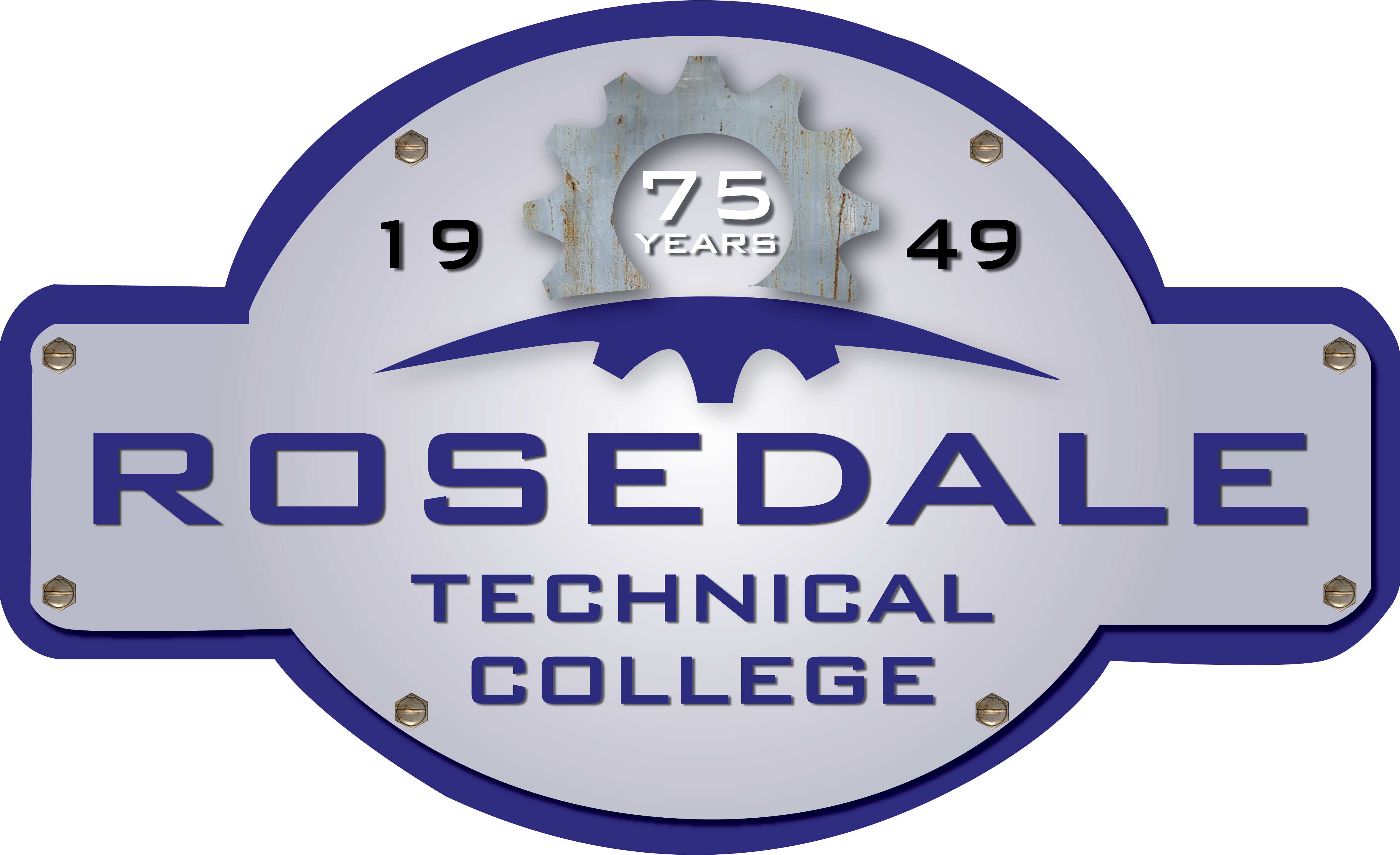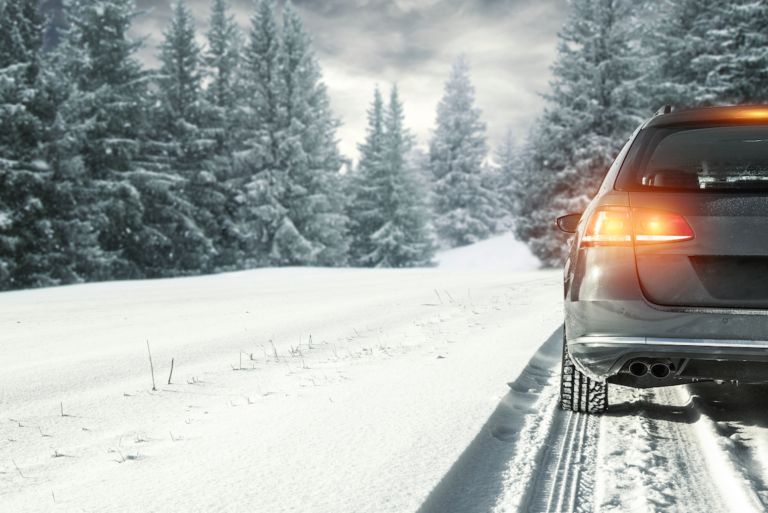Cars have come a long way in the last few years.
Depending on how long you’ve been driving, you might remember the extensive winterization you would need to do to your car before that first snowstorm. While winterizing your car has changed a lot since the mid 1980s, there are still things that should be done no matter when your car was manufactured.
Get ready for winter driving before the first major snowstorm and keep yourself warm and safe all season long with these tips.
Check Your Battery
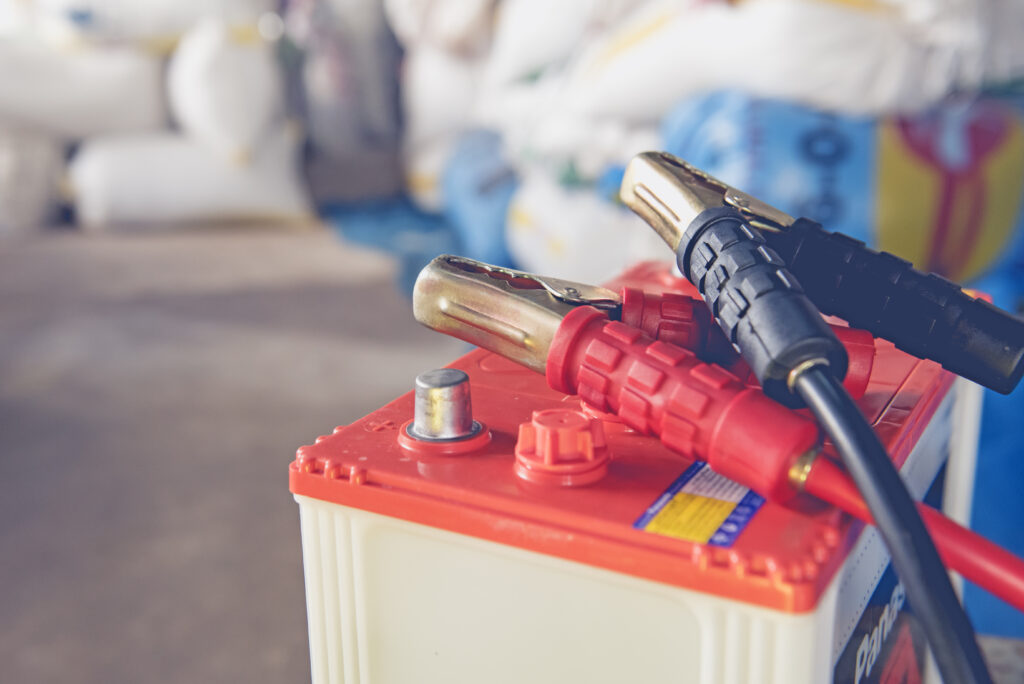
As the temperatures drop so does your car battery’s get-up-and-go. Because the chemical reactions in the battery slow down in cold temperatures it’s important to do a battery load test to see if it has enough juice to run through those sub-zero mornings. The last thing you want is to be left in a frozen car listening to a telltale click.
Snow Proof Your Wipers
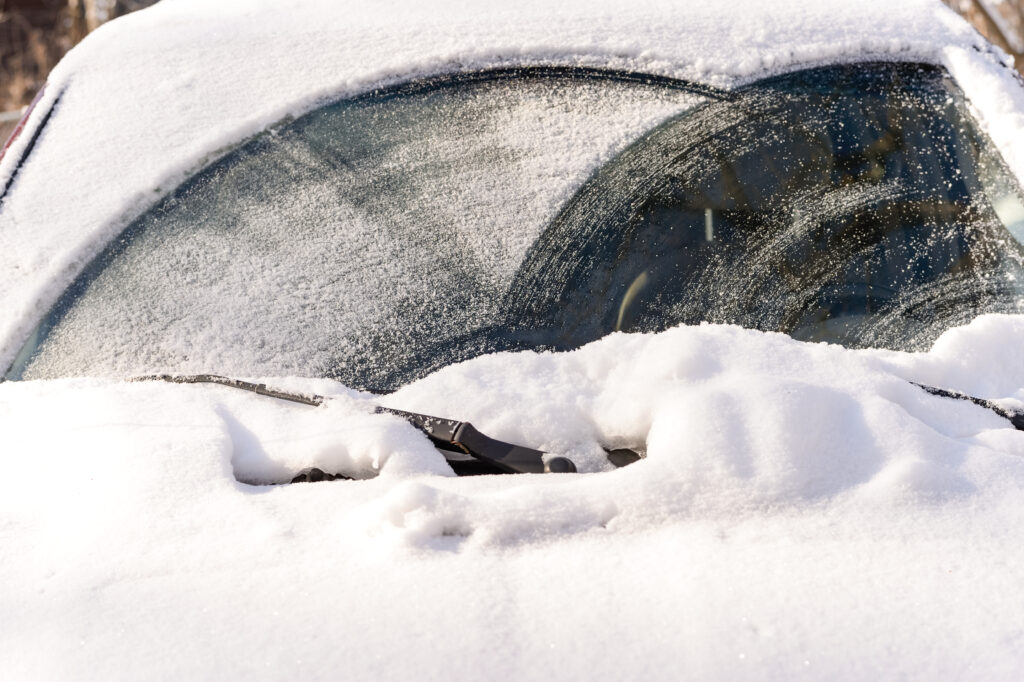
If you live someplace that experiences a lot of snow, upgrading your wipers for the winter is a really good idea. Not only should you replace them to ensure a clean windshield, but invest in covered wipers to help stop snow from building up in the mechanics and freezing the gears.
In addition to wipers, make sure you take the time to replace wiper fluid with an anti-freeze solution to help protect the hoses and mechanics in your system.
Check Your Coolants and Oils
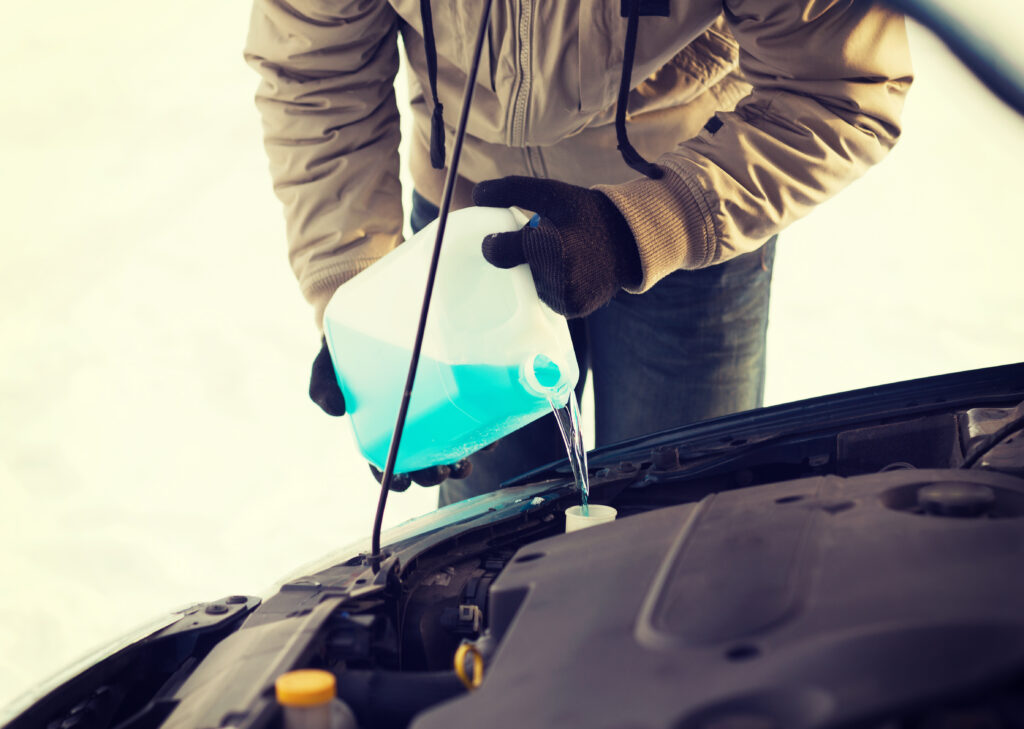
Speaking of freezing fluids, now is the time to check your coolant mixture so as to avoid replacing radiators and other engine components. You want the mixture to be 50:50 coolant and antifreeze to ensure your engine stays cool, and unfrozen, while the snow is falling.
Because cooler temperatures can thicken the oil in your car, it’s important to adjust the viscosity in order to keep your engine happy and lubricated. Different cars require different viscosity at different times of the year, so check your car’s owner’s manual to find which one is right for you.
Chains, Tires, and Four Wheel Drive
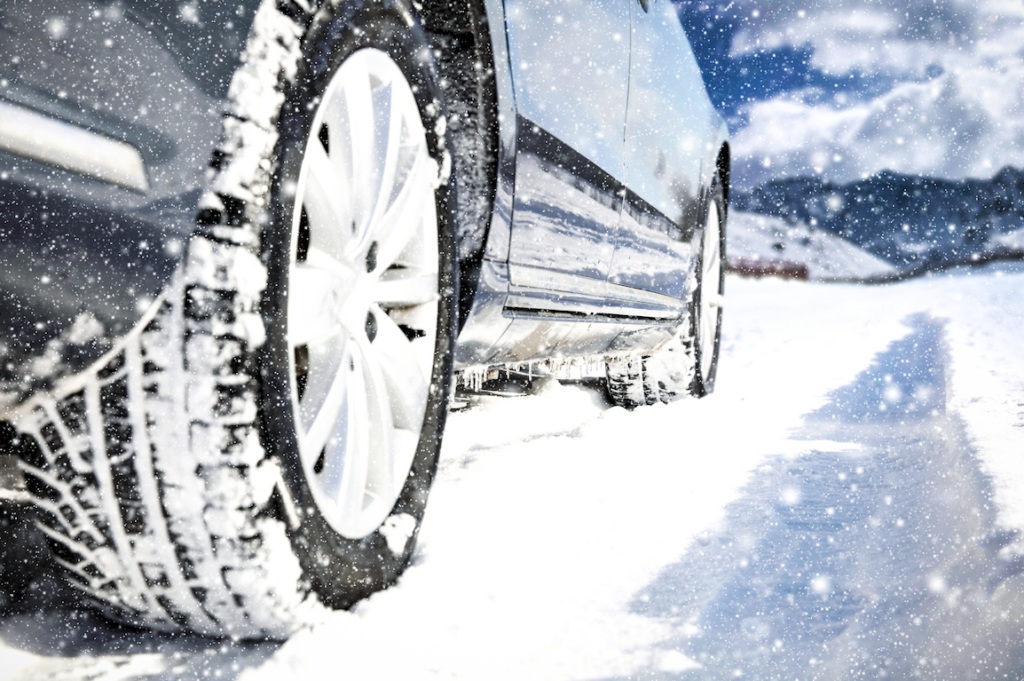
There is a reason you see cars line up behind gas station air compressors about the time the leaves start to fall, cold weather causes air pressure in your tires to drop and as the temperature goes down, so do your tires. Make sure to keep yours properly inflated so as to keep you driving safely on the ice, snow, and salt that may plague your roads.
If you live somewhere that gets more than the average snowfall, or has hills and rises that could cause concern, it could be worth it to invest in wires, chains, or even studded tired to keep you safe all winter long.
In addition to the extras, if you have four-wheel drive now is the time to head to a mechanic and make sure everything is in working order.
Perform a Tune-up
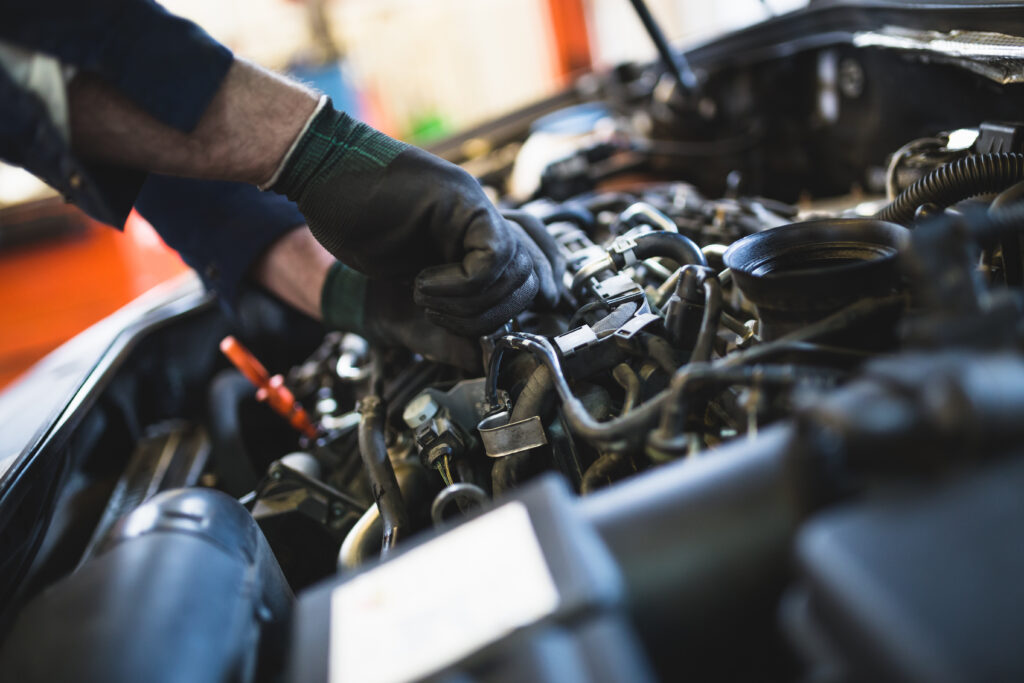
Ideally, you should be giving your car a tune-up twice a year. What better time to do so than with the changing of the seasons. Take the time to check hoses, belts, spark plugs and more to make sure that everything is in working order and fully prepared to conquer the road.
Be Prepared for Emergencies
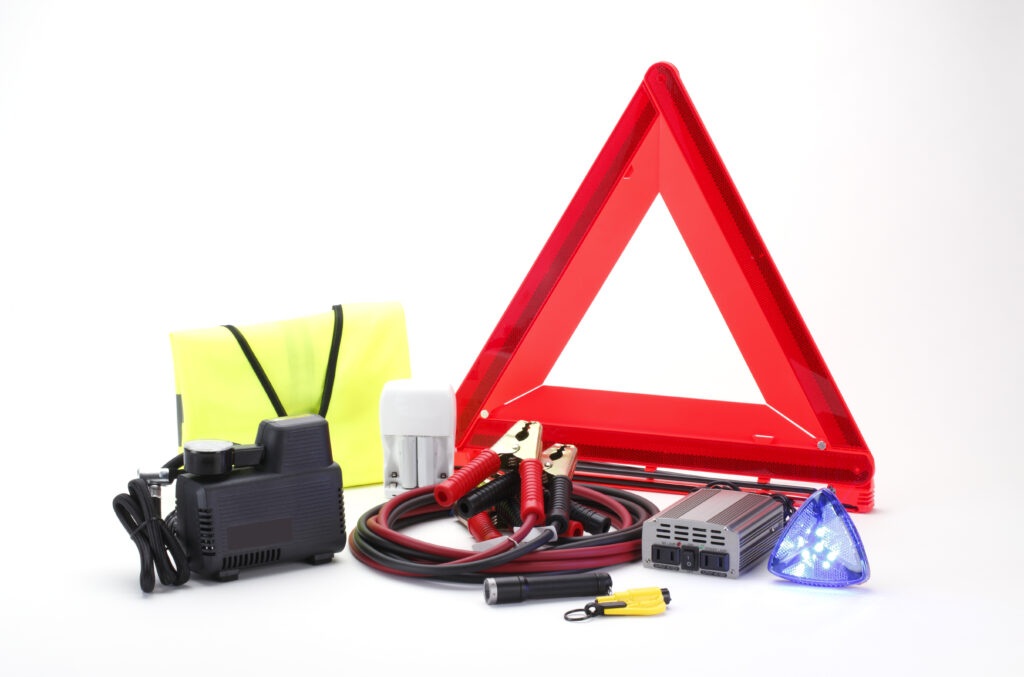
Even with all this preparation, you never know what you will encounter while on the road – and this goes for any time of year. It’s important to be prepared and have supplies on hand to help you handle any storm – literally.
Beyond bottles of water and protein bars, make sure your emergency kit is filled with other basics like jumper cables, flashlights, blankets, and flares. For the winter you should also make sure to include things like ice melt, a folding shovel, and a tow strap.
Winter is coming, but these tips can help you to be prepared for anything the ice and snow sends your way.
For more tips on how to winterize your home check out this post from Popular Mechanics. If you are interested in cars and the mechanics that make them work, check out our automotive technology program and discover how you can turn your passion into a career.
Financial Aid is available to those who qualify. Rosedale Tech is a nonprofit Equal Opportunity Educational Institution and Employer, ACCSC Accredited Institution, and ASEEF Certified. Gainful Employment disclosure information is available at www.rosedaletech.edu.
